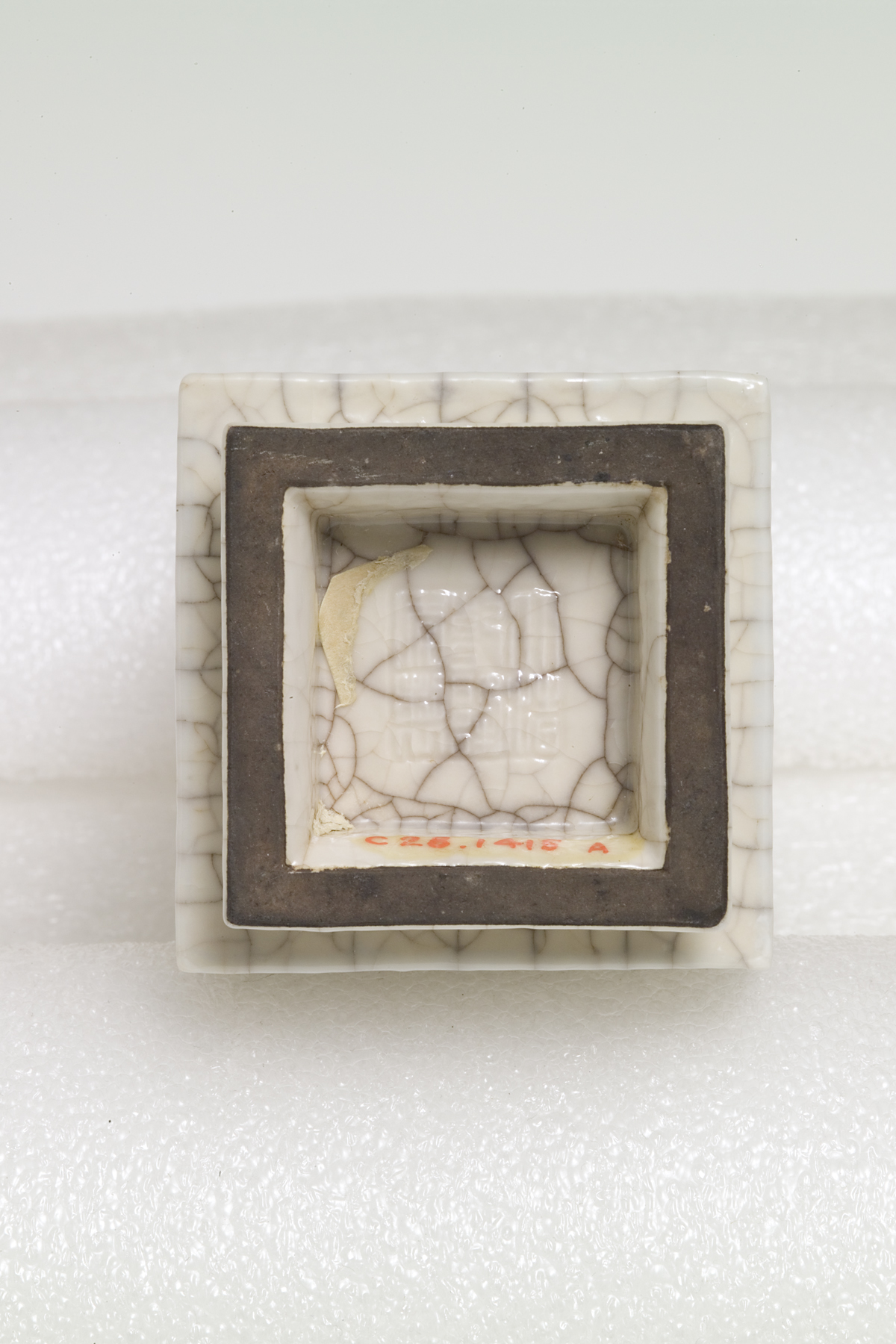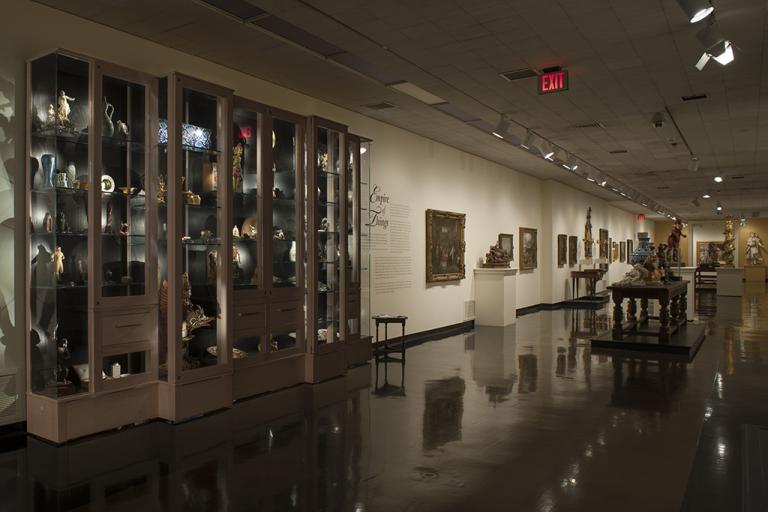cong-shaped vase with bagua motif, unknown maker from China
Artwork Overview
cong-shaped vase with bagua motif
, mid 1700s, mark and reign of Qianlong period (1736–1795), Qing dynasty (1644–1911)
Where object was made: China
Material/technique: porcelain; glaze
Credit line: William Bridges Thayer Memorial
Accession number: 1928.1415.a,b
Not on display
If you wish to reproduce this image, please submit an image request








